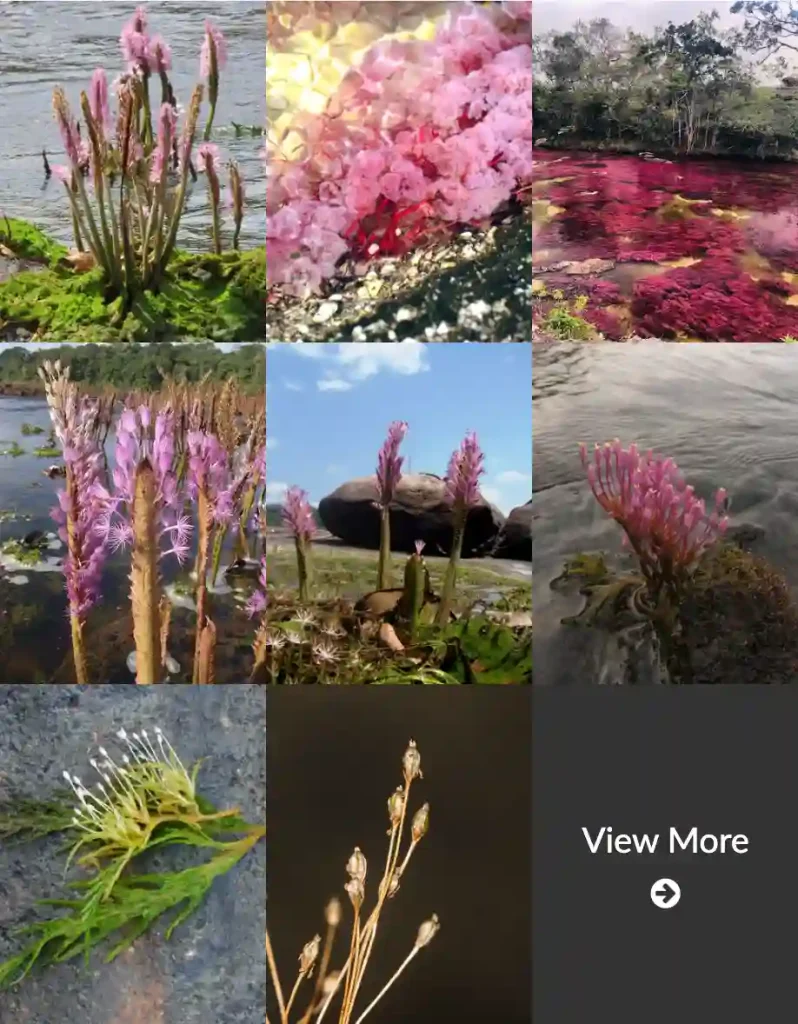
Gazania Linearis FAQs: A Comprehensive Guide
Gazania Linearis, often referred to as the Treasure Flower, is a vibrant and versatile plant that I’ve come to appreciate for its bold colors and easy-going nature. If you’re considering adding this cheerful perennial to your garden, you might have a few questions. Here’s a detailed guide based on my experiences and observations.
19 Species in Genus Gazania
What is Gazania Linearis?
Gazania Linearis is a flowering perennial native to South Africa. It’s renowned for its striking, daisy-like flowers that come in a variety of colors, including yellow, orange, and red. These flowers typically bloom in the summer and are known for their ability to close up at night and open in the morning, which is why they are also called “Sun Gazers.” The plant itself grows as a low-spreading ground cover, making it an excellent choice for filling gaps in your garden or as a border plant.
How to Care for Gazania Linearis?
Caring for Gazania Linearis is relatively simple. Here’s a quick rundown based on my experience:
- Sunlight: Gazania Linearis thrives in full sun. It needs at least 6 to 8 hours of direct sunlight each day to perform at its best. The more sun it receives, the more vibrant the flowers will be.
- Soil: It prefers well-draining soil. Gazania Linearis is quite tolerant of poor soil conditions but flourishes in sandy or loamy soils. Avoid heavy clay or consistently wet soils to prevent root rot.
- Watering: This plant is drought-tolerant once established. Water it moderately during the growing season, allowing the soil to dry out between waterings. Overwatering can lead to root rot, so be cautious not to water too frequently.
- Fertilizing: Feed Gazania Linearis with a balanced, all-purpose fertilizer once in the spring. Too much fertilizer can lead to lush foliage at the expense of blooms, so stick to a moderate feeding schedule.
How to Propagate Gazania Linearis?
Propagating Gazania Linearis can be done through seeds or cuttings. Here’s how:
- Seeds: Start seeds indoors about 6 to 8 weeks before the last frost date. Sow the seeds in a seed-starting mix, lightly cover them, and keep them warm. Once they have germinated and grown a few sets of leaves, you can transplant them outdoors after the last frost.
- Cuttings: Take cuttings from established plants in the spring or early summer. Choose healthy, non-flowering stems. Remove the lower leaves, dip the cut end in rooting hormone, and plant it in a well-draining potting mix. Keep the cuttings in a warm, bright location and maintain moisture until roots develop.
What to Plant with Gazania Linearis?
Gazania Linearis pairs well with a variety of plants due to its low-growing habit and vibrant colors. Here are a few companions I’ve found to work well:
- Lavender: The silver foliage and purple blooms of lavender complement the bright colors of Gazania Linearis and both thrive in similar conditions.
- Salvia: Both plants enjoy full sun and well-drained soil. The spiky blooms of salvia contrast nicely with the flat, daisy-like flowers of Gazania.
- Succulents: Planting Gazania Linearis alongside succulents creates an interesting texture contrast and works well in dry, sunny spots.
Is Gazania Linearis Toxic?
No, Gazania Linearis is not toxic to pets or humans. It’s a safe choice for gardens where children or animals might roam. However, as with any plant, it’s always best to supervise young children and pets to ensure they don’t ingest large quantities of any plant material.
Benefits of Gazania Linearis
Gazania Linearis offers several benefits:
- Low Maintenance: It’s a low-maintenance plant that requires minimal care once established.
- Drought Tolerance: Its drought tolerance makes it ideal for dry gardens or areas with water restrictions.
- Attractive Blooms: The bright, colorful flowers can brighten up any garden and are excellent for adding visual interest.
Common Problems and Solutions
Despite its hardy nature, Gazania Linearis can face a few issues:
- Powdery Mildew: This fungal disease can occur in humid conditions. To manage it, ensure good air circulation and avoid overhead watering. Treat with a fungicide if necessary.
- Root Rot: Overwatering or poor drainage can lead to root rot. Ensure the soil drains well and adjust your watering schedule to avoid this problem.
- Pests: Gazania Linearis is generally pest-resistant, but you might occasionally encounter aphids or spider mites. Regularly inspect your plants and treat with insecticidal soap if pests are present.
How Does Gazania Linearis Compare with Other Plants?
Gazania Linearis is often compared with other ground covers and flowering perennials:
- Versus Petunias: Both are great for brightening up a garden, but Gazania Linearis is more drought-tolerant and requires less maintenance compared to Petunias, which need regular watering and deadheading.
- Versus Marigolds: Marigolds have a similar blooming period and color range, but Gazania Linearis typically has a longer blooming season and is more tolerant of poor soil conditions.
In summary, Gazania Linearis is a fantastic addition to any garden, offering vibrant blooms, easy care, and excellent drought tolerance. Whether you’re looking for a ground cover or a splash of color in a mixed border, this plant is a reliable and attractive choice.
If i die, water my plants!



